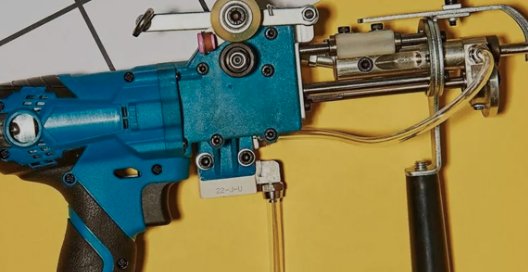Top-Loading vs. Front-Loading: A Historical Perspective

In the ever-evolving world of appliances, the debate between top-loading and front-loading washing machines has been a constant. This discussion is not just about personal preference; it’s deeply rooted in historical contexts, technological advancements, and consumer behaviors. In this comprehensive exploration, we will delve into the historical preferences surrounding these two types of washing machines, analyzing their evolution, impact on households, and the driving forces behind the choices consumers make.
I. The Early Days: Emergence of Washing Machines
A. The Birth of Top-Loading Machines
Top-loading washing machines were the pioneers in the realm of automated laundry. Dating back to the early 20th century, these machines were designed with simplicity and functionality in mind. The top-loading configuration allowed users easy access, a crucial aspect in an era where convenience was a key selling point.
B. Front-Loading Machines: A Latecomer to the Scene
Front-loading washing machines, on the other hand, made a later entry into the market. Originating in Europe during the mid-20th century, these machines were initially met with skepticism. Their unique design challenged traditional norms, but innovation gradually paved the way for their acceptance.
II. Technological Advancements: Shaping Preferences
A. Top-Loading Dominance in the Mid-20th Century
During the mid-20th century, top-loading machines dominated the market. Technological advancements, such as the introduction of agitators, made these machines more efficient and user-friendly. The design allowed for larger capacities and quicker washing cycles, aligning with the fast-paced lifestyle of the time.
B. Front-Loading Revolution: The Energy Efficiency Era
In the late 20th century, concerns about energy consumption and environmental impact led to a shift in preferences. Front-loading machines gained prominence for their superior energy efficiency and water conservation. The horizontal drum design minimized water usage, making them an eco-friendly choice, especially during times of growing environmental consciousness.
III. Household Dynamics: The Impact on Daily Life
A. Top-Loading and Accessibility
The top-loading design has long been associated with ease of use and accessibility. Its upright configuration allows users to load and unload laundry without bending over, making it an attractive option for individuals with physical limitations or those seeking a more ergonomic solution.
B. Front-Loading and Space Efficiency
Front-loading machines, with their horizontal drum design, offer space-saving advantages. In an era where living spaces are becoming smaller, front-loading machines fit seamlessly into compact laundry rooms or closets. This shift in consumer lifestyle and housing dynamics has influenced the popularity of front-loading machines in urban areas.
IV. Consumer Preferences: A Contemporary Outlook
A. The Resurgence of Top-Loading Machines
In recent years, top-loading machines have experienced a resurgence in popularity. Manufacturers have introduced innovations such as high-efficiency impellers, addressing concerns about water and energy usage. The familiarity and perceived reliability of top-loading machines have contributed to their continued appeal among a wide range of consumers.
B. Front-Loading’s Enduring Appeal
Front-loading machines, however, maintain a strong foothold in the market. The emphasis on energy efficiency, water conservation, and the sleek aesthetic of front-loading machines continues to attract environmentally conscious consumers and those looking for a modern, space-efficient appliance.
V. Maintenance and Longevity: A Critical Factor
A. Top-Loading’s Simplicity and Durability
Top-loading machines are often praised for their simplicity and durability. With fewer components and a straightforward design, they are perceived as more robust and less prone to malfunctions. This reputation for reliability has contributed to the enduring preference for top-loading machines in certain demographics.
B. Front-Loading’s Advanced Technology and Maintenance Considerations
Front-loading machines, while offering advanced technology and efficiency, are sometimes associated with higher maintenance costs. The intricate mechanisms, including rubber door seals and complex electronics, can be more prone to wear and tear. However, advancements in manufacturing and consumer education have mitigated these concerns to a considerable extent.
VI. Conclusion: The Ongoing Debate
In conclusion, the top-loading vs. front-loading debate is far from settled. Historical preferences have been shaped by technological advancements, household dynamics, and consumer behaviors. While top-loading machines boast simplicity and accessibility, front-loading machines champion energy efficiency and space optimization. In the contemporary landscape, both options coexist, catering to diverse consumer needs. The ongoing innovations in both designs indicate that the washing machine saga is far from over, and the historical preferences continue to evolve with each passing era.




